The iPhone XS & XS Max Review: Unveiling the Silicon Secrets
by Andrei Frumusanu on October 5, 2018 8:00 AM EST- Posted in
- Mobile
- Apple
- Smartphones
- iPhone XS
- iPhone XS Max
Camera - Daylight - More HDR & Portrait
I wanted to have a second page of daylight photos because I wanted to spend a bit more time and have a tad more varied scenes for to test Apple’s SmartHDR – please enjoy.
[ iPhone XS ] - [ iPhone X ] - [ iPhone 7 ] - [ iPhone 6S ]
[ Galaxy Note9 ] - [ Galaxy S9+ ] - [ Galaxy S8 ]
[ LG G7 ] - [ LG G6 ] - [ LG V30 ] - [ OnePlus 6 ]
[ Mi MIX2S ] - [ Pixel 2XL ] - [ P20 Pro ]
This tunnel was a fun little test – the other end was sunlit while obviously quite dark from my side. I thought this would be a good little visual representation of the raw dynamic ranges that the phones would be able to capture.
Indeed, the iPhone XS is able to go a lot further into the end of the tunnel than the iPhone X, or for that matter, most other phones. This is an extreme show-case of Apple’s new HDR processing and how it’s able to play with bright highlights in scenes.
[ iPhone XS ] - [ iPhone X ] - [ iPhone 7 ] - [ iPhone 6S ]
[ Galaxy Note9 ] - [ Galaxy S9+ ] - [ Galaxy S8 ]
[ LG G7 ] - [ LG G6 ] - [ LG V30 ] - [ OnePlus 6 ]
[ Mi MIX2S ] - [ Pixel 2XL ] - [ P20 Pro ]
One scenario that Apple showcased during the keynote was a shot directly facing the sun. I’ve had users in previous reviews bombard me with comments as to that’s not how you should take a photo. To them I say: that’s an outdated notion of photography.
As computational photography becomes an ever increasingly common theme in devices, we’ll see more and more scenes like this one where shooting against the sun should be no issue at all.
The iPhone XS dramatically improves the shadow detail, and is able to notably reduce the sun’s halo in this shot, but I do think Apple might have overpromised a bit on the notion of computational photography. The best counter-example of this is to just switch over to what the Huawei P20 Pro was able to achieve in its 10MP AI mode, by far surpassing all other phones in the captured dynamic range of the scene. This facet of smartphone photography really opens up a new area of competition, and hopefully we’ll be seeing some exciting things in the future.
[ iPhone XS ] - [ iPhone X ] - [ iPhone 7 ] - [ iPhone 6S ]
[ Galaxy Note9 ] - [ Galaxy S9+ ] - [ Galaxy S8 ]
[ LG G7 ] - [ LG G6 ] - [ LG V30 ] - [ OnePlus 6 ]
[ Mi MIX2S ] - [ Pixel 2XL ] - [ P20 Pro ]
This shot follows the same themes we saw on the previous page, the iPhone XS handles the shadows a lot better and gives a lot more details over the iPhone X.
Samsung again opts for a much brighter picture, but I do think it comes at some cost of detail. Again I think the OnePlus 6’s HDR processing is an excellent middle-ground that would please most people, although Apple has a tad more natural look going for them.
[ iPhone XS ] - [ iPhone X ] - [ iPhone 7 ] - [ iPhone 6S ]
[ Galaxy Note9 ] - [ Galaxy S9+ ] - [ Galaxy S8 ]
[ LG G7 ] - [ LG G6 ] - [ LG V30 ] - [ OnePlus 6 ]
[ Mi MIX2S ] - [ Pixel 2XL ] - [ P20 Pro ]
In less direct sunlit environments, the difference between the iPhone X and XS might not be directly visible the thumbnails, however opening up the full resolution image showcases the XS’s significant increase of detail and textures throughout the whole scene. The larger pixels of the XS sensor along with the deeper DTI (deep trench isolation) results in significantly increased spatial resolution – even though the sensor has the same amount of pixels and even has a wider field of view, resulting in less pixels per given object.
Again Samsung tends for a brighter exposure that I think is a bit too much – detail slightly trails the XS. OnePlus bridges the two vendors in terms of exposure and detail.
[ iPhone XS ] - [ iPhone X ] - [ iPhone 7 ] - [ iPhone 6S ]
[ Galaxy Note9 ] - [ Galaxy S9+ ] - [ Galaxy S8 ]
[ LG G7 ] - [ LG G6 ] - [ LG V30 ] - [ OnePlus 6 ]
[ Mi MIX2S ] - [ Pixel 2XL ] - [ P20 Pro ]
This scene was mostly in the tree shadows, sun sunlit spots coming through the gaps. By now we should understand where the XS’ strengths are: brighter and more defined shadow details.
I think Apple nailed this shot and it has the best balance of exposure as well as the best detail retention. The OP6 closely followed in terms of exposure, but lost in terms of details. Samsung here just overdid it with exposure and just flattens the scene too much.
[ iPhone XS ] - [ iPhone X ] - [ iPhone 7 ] - [ iPhone 6S ]
[ Galaxy Note9 ] - [ Galaxy S9+ ] - [ Galaxy S8 ]
[ LG G7 ] - [ LG G6 ] - [ LG V30 ] - [ OnePlus 6 ]
[ Mi MIX2S ] - [ Pixel 2XL ] - [ P20 Pro ]
Finally the last shot, is again a good showcase of HDR of the different phones. The iPhone XS continues to perform very well here, showing the improvements we’ve seen in previous scenes. Again Samsung is brighter, but slightly loses out on details.
Portrait Mode
[ iPhone XS ] - [ iPhone X ]
[ Galaxy Note9 ] - [ LG G7 ]
[ OnePlus 6 ] - [ Mi MIX2S ] - [ Pixel 2XL ]
[ P20 Pro ]
Portrait mode is something that’s been quite the rage nowadays, and the iPhone XS promises to take advantage of its new inferencing engine power to create much better separation maps between the foreground subject and the background, to which the computational bokeh effect is applied.
Shooting in portrait mode on most phones means that the actual shot will be taken with the telephoto module, while the wide main camera is also doing work by serving as the depth sensor. Single-module phones such as the Pixel 2 rely solely on the computational power to discern between the subject and the background.
The results on the iPhone XS showcase a significant improvement in the image quality of portrait mode. First of all, the exposure and colour balance of the shot is just significantly better, something that’s universally valid for telephoto shots on the new XS.
The actual bokeh effect on the XS looks to be applied a lot more graduated, and while it’s still possible to see the edge of the pattern in some cases, it’s significantly improved.
This gradual application is what makes the iPhone’s portrait mode stand out to other phones. Only Huawei and Samsung somewhat manage to go a decent job, while all other phones look quite rubbish to be honest, with visible zigzag patterns around the subject.
Daylight Conclusion
Overall in daylight, the iPhone XS is easily a top-tier performer. One thing that I didn’t bring up throughout is picture capture consistency, and here the iPhone XS just shines. Every time you take a picture, you can be assured you will get a good shot – and there’s little to no difference in consecutive shots.
Apple’s new SmartHDR is a definite win, and allows for much more detail in the shadows, all while retaining good highlights in the scenes. The new sensor module is definitely showing its strengths even in daylight, as every shot that wasn’t in direct sunlight was able to showcase much improvements in terms of details as well as textures. I attribute this to the new sensor’s much improved DTI – something which results in the iPhone XS gaining quite a bit more resolved spatial resolution, even though the megapixel count is the same.
The new slightly wider viewing angle on the main camera is something that I enjoyed, and I hope Apple continues on in this regard. My iPhone X seems to suffer from lens defects in the left part of the scenes – the iPhone XS showcases no such chromatic aberrations and is sharp until the edge of the frame.
The biggest improvement seems to be on the telephoto lens. While on the iPhone X and before, the telephoto lens could result in quite different colours and exposures. On the iPhone XS the new module seems to be perfectly in balance with the main camera, so that there’s just very little difference in the picture between the two.
While sometimes I do prefer OnePlus 6’s HDR, the XS is more consistent in terms of detail throughout the scenes. Samsung’s Note9 and S9 also sometimes can get a better shot, however they have too much of a tendency to overexpose. I think overall, the iPhone XS takes the lead in terms of smartphone photography in daylight just because of its consistent shooting experience.


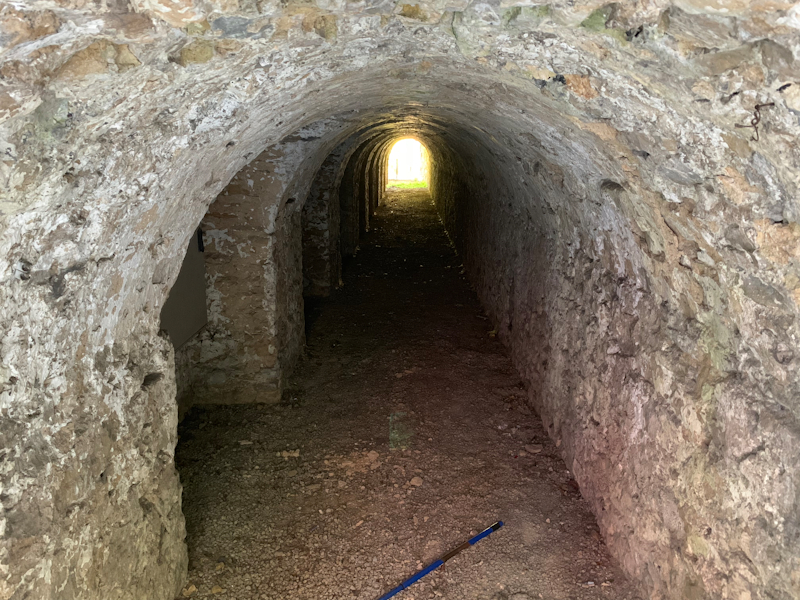
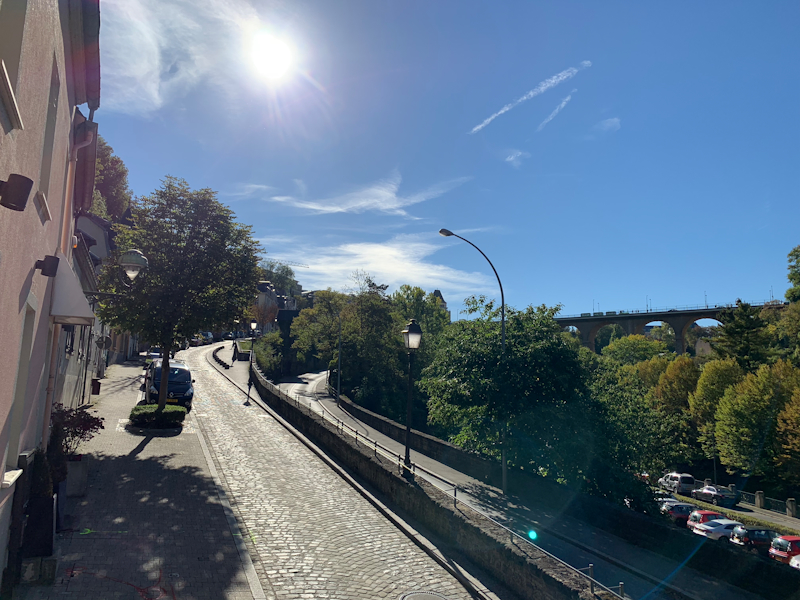
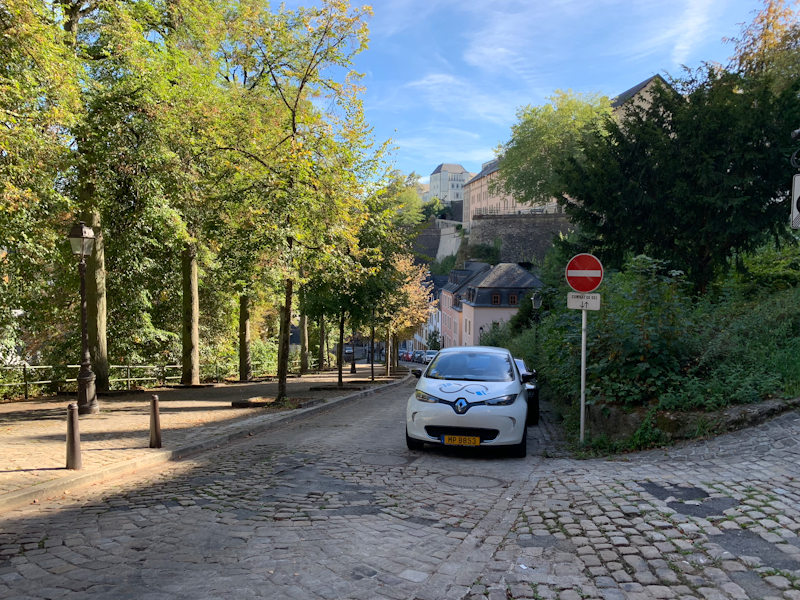
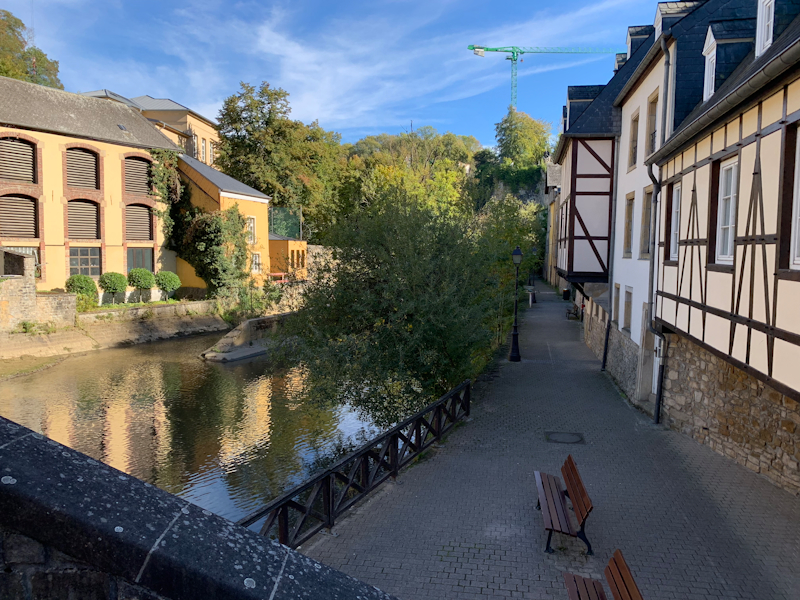
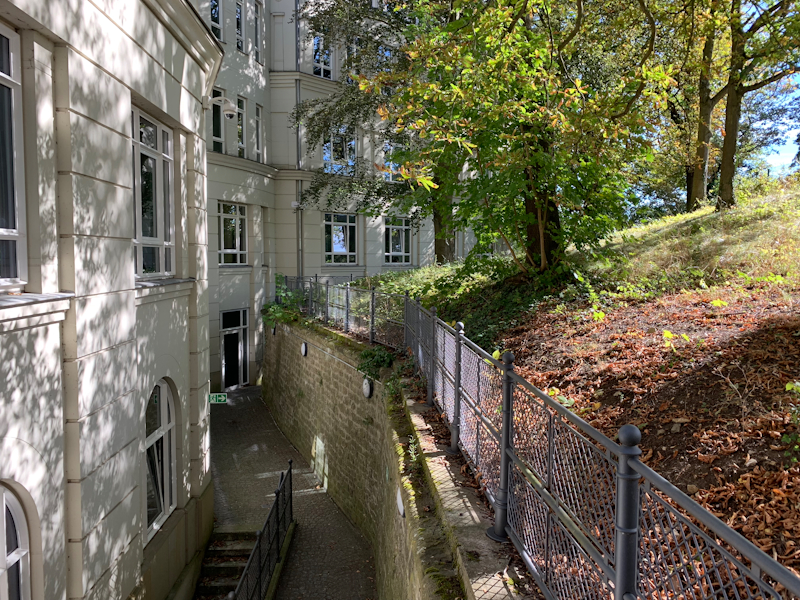
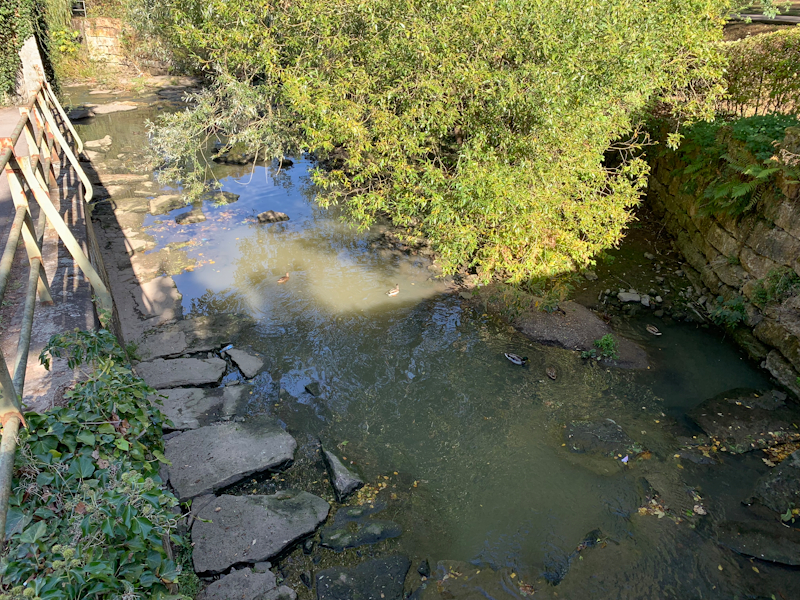









253 Comments
View All Comments
Speedfriend - Monday, October 8, 2018 - link
So you would expect them to use that powerful SOC to deliver real battery improvements, but somehow they can't. No one I speak to complains that their modern smartphone is slow, but everyone complains about battery life.melgross - Saturday, October 6, 2018 - link
It’s both. The deep dive isolates the SoC to a great extent. It can be done with any phone.eastcoast_pete - Friday, October 5, 2018 - link
Andrei, thanks for the review! Yes, these are outstanding phones at outrageous prices. I appreciate the in-depth testing and detailed background, especially on the A12's CPU and GPU. While I don't own an iPhone and don't like iOS, I also believe that, phone-wise, the XS and XS Max are the new kings of the hill. The A12's performance is certainly in PC laptop class, and I wonder if (or how) the recent Apple-Qualcomm spat that kept QC's modem tech out of the new iPhones has helped Intel to keep its status as CPU provider for Apple's laptops, at least for now.One final comment, and one question: Andrei, I agree with you 100% that Apple missed an opportunity when they decided on a rather middling battery capacity for the XS Max. If I buy a big phone, I expect a big battery. Give the XS Max a 5000 mAh or larger battery, and it really is "the Max", at least among iPhones. At that size, a few mm additional thickness are not as important as run time. Maybe Apple kept that upgrade for its mid-cycle refresh next year - look, bigger batteries.
@Andrei. I remember reading somewhere that the iPhone X and 8 used 128 bit wide memory buses. Questions: Is that the case here, and how does the memory system and bus compare to Android phones? And, in your estimate, how much of the A12's speed advantages are due to Apple's memory speeds and bus width ?
dudedud - Friday, October 5, 2018 - link
I was sure that only the A$X were 128bit, but i would also want to know if this had changed.RSAUser - Saturday, October 6, 2018 - link
A12 is definitely not in the laptop class unless you're looking at the extreme low power usage tier.Just because it is quite a but faster than the equivalent on mobile does Not mean it can compete at a different power envelope. If that were true, Intel would already have dominated the SoC market. It requires a completely different CPU design. It's wwhy they can use it for the touchbar on the macbook but not as a main processor.
ws3 - Sunday, October 7, 2018 - link
This review did not compare the A12 with “mobile” Intel chips but rather with server chips. The A12 is on par with Skylake server CPUs on a single threaded basis. Let that sink in.As to why Intel doesn’t dominate the SoC space, Intel’s designs haven’t been energy efficient enougj and also the x86 instruction set offers no advantage on mobile.
tipoo - Thursday, October 18, 2018 - link
It's already competing with laptop and desktop class chips, not just mobile fare. It's up there per core with Skylake server, and NOT normalized per clock, just core vs core.It's like people don't read these articles year over year and are still using lines from when A7 arrived...
tipoo - Thursday, October 18, 2018 - link
Only the A10X and A8X were 128 bit, on mobile that's still power limited for memory bandwidth.juicytuna - Friday, October 5, 2018 - link
Apple's big cores are like magic at this point. 2-3x the performance per watt of the nearest competitors is just ridiculous.sing_electric - Friday, October 5, 2018 - link
I know this is almost a side point, but this really goes to show what a mess Android (Google/Qualcomm) is compared to iOS. At the rate Snapdragon is improving, it'll be 2020/2021 before Qualcomm sells a chip as fast as 2017's A11, and Google is shooting itself in the foot by not having APIs available that take advantage of Snapdragon's (relative) GPU strength.That's on top of other long-term Android issues (like how in 2018, Android phones still can't handle a 1:1 match of finger movement to scrolling, which the iPhone could in 2008). Honestly, if I wasn't so invested in Android at this point, I really consider switching now.